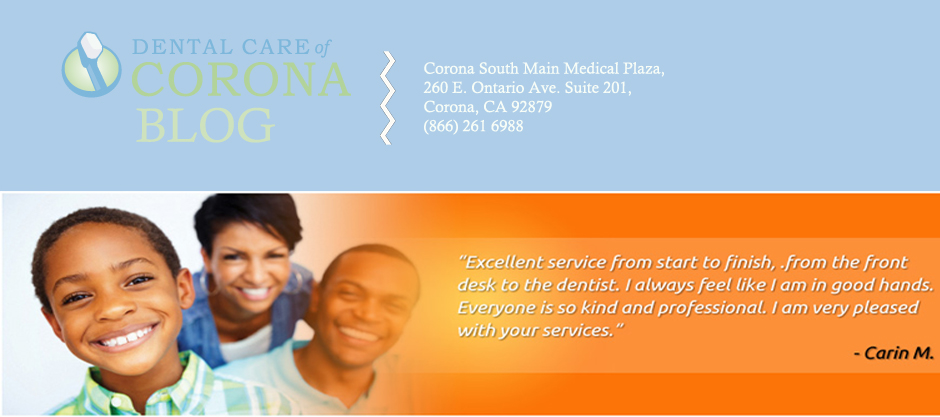Women are more apt to have oral health
problems than men thanks to the hormonal changes that occur during puberty, menstruation,
birth control use, menopause, and post menopause.
Hormones not only affect the blood supply in
your gum tissue, but according to the American Dental Association can also be responsible for an increase in toxins and
plaque buildup. Because of hormonal changes throughout a woman’s life
gingivitis and periodontal disease is more likely to develop.
When puberty begins, the production progesterone
and estrogen will increase the supply of blood to the gums. This changes the
way your gum tissue will react to bacteria and plaque. During puberty, gums
will most likely bleed while brushing and flossing and become tender, red, and
swollen.
During menstruation, your progesterone will
increase causing oral changes in some women that can include swollen salivary
glands, bright red and swollen gums, bleeding gums, and canker sores. Some
women can also develop menstruation gingivitis a day or so before the beginning
of a period. This will usually clear up shortly after menstruation has begun.
If you take birth control pills with progesterone,
the hormone levels in your body will increase causing enflamed gum tissue. This
occurs because of your body’s reaction to the toxins and bacteria that is
produced from plaque. Make sure that you tell your dentist if you are taking
oral contraceptives.
During puberty, you will have an increased
level of progesterone and estrogen. The development of sex hormones can cause
an increase of blood circulation to your gums. This may result in gum
sensitivity increasing your chances of gum irritation from plaque and food
particles. During puberty, your gums may feel tender, turn red or become
swollen.
If you become pregnant, your hormone levels
will alter considerably. Again, an increased level of progesterone, along with
other hormonal changes can make you more susceptible to gingivitis and
periodontal disease. Known as pregnancy gingivitis, it can occur from the
second to the eighth month of pregnancy. If you are expected, it is recommended
that you schedule additional professional cleanings with your dentist during
the second or early third trimester of your pregnancy in order to help reduce
your chances of gum disease.
If you are going through menopause or post
menopause, you may experience mouth discomfort. These mouth changes may also
include pain and burning in your gum tissue and dry mouth. Menopause and post
menopause can also alter the taste in your mouth making things taste especially
sour, peppery, or salty.
For more information regarding women’s oral
health, schedule an appointment with your dentist today.
